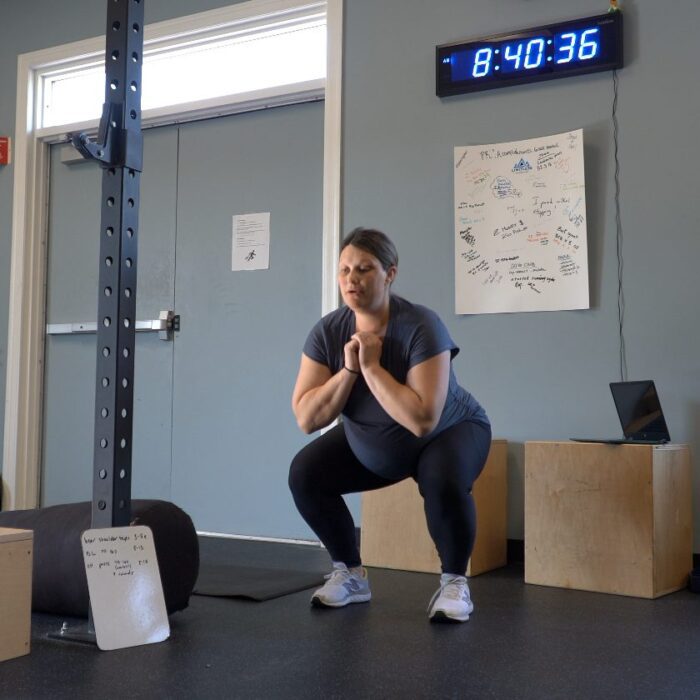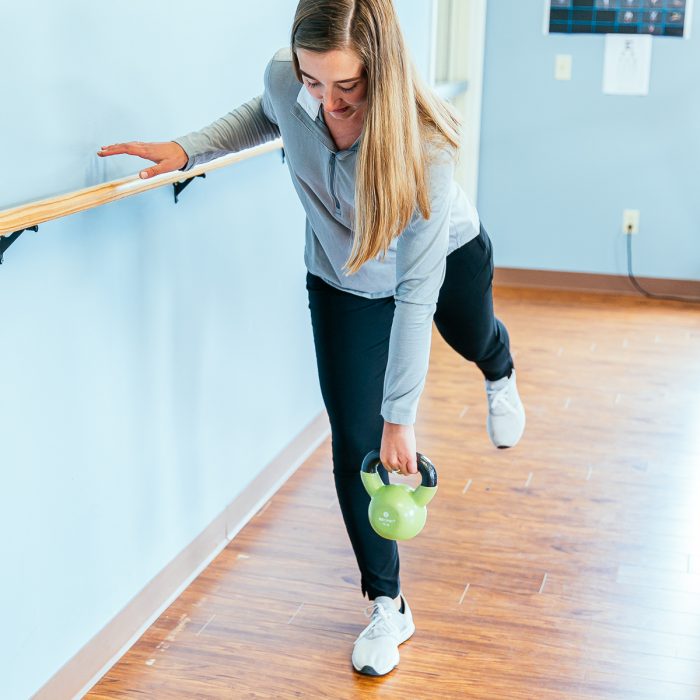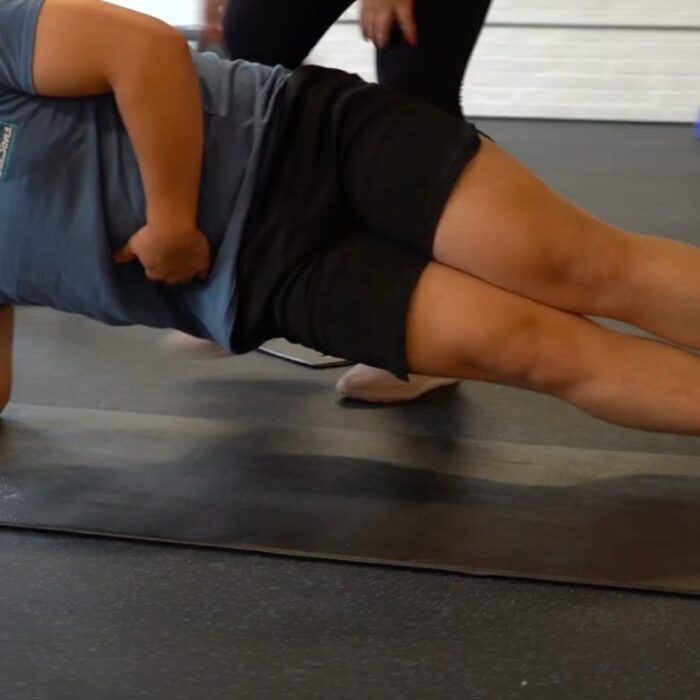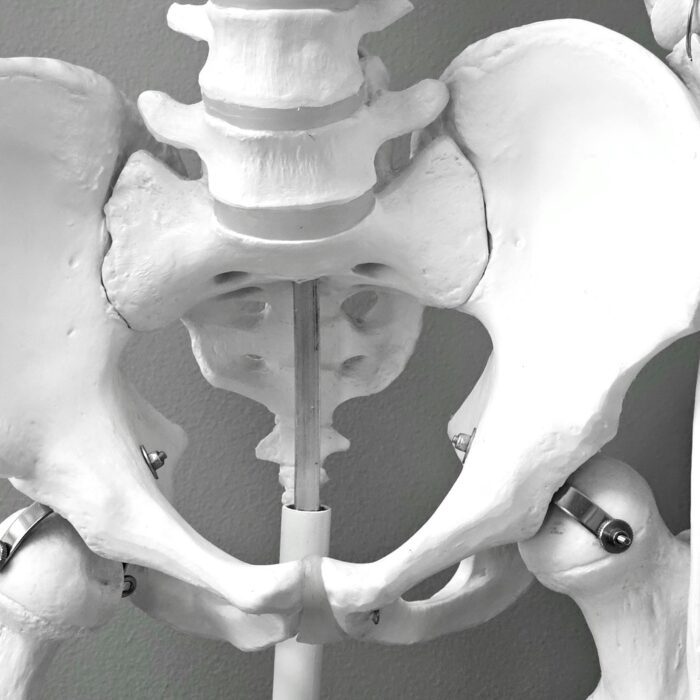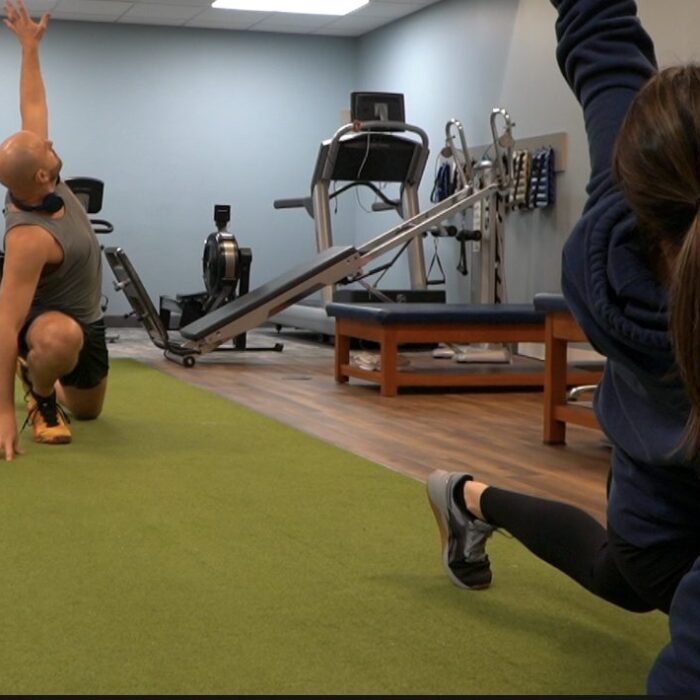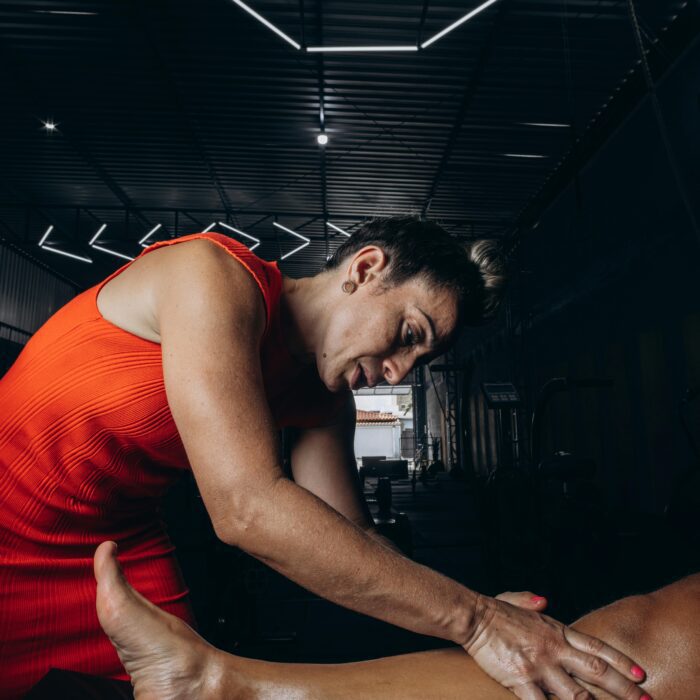Pelvic floor physical therapy Rochester NY has quietly become one of the most important yet misunderstood parts of healthcare in the region. National studies estimate that nearly one in four adult women lives with a pelvic floor disorder, and the number climbs as people age. Men face their own set of issues, especially after prostate surgery. These aren’t rare situations. They’re everyday problems that shape how people move, exercise, work, and even socialize.
In Rochester, the confusion begins the moment someone starts searching for help. UR Medicine appears at the top of the results. Rochester Regional Health follows. Then a wave of independent PT chains. A handful of pelvic-only clinics sit further down the list. Every page claims expertise. Few explain how the care is actually delivered inside each setting — and why that difference changes your experience and outcomes.
This comparison exists to clear up that gap, and to help you figure out where you’ll actually improve instead of guessing in the dark.
Why Pelvic Floor Physical Therapy Rochester NY Matters More Than Most People Realize
Most people think pelvic symptoms stem from weak muscles. That idea has lived in the culture for years, probably because Kegels are the only pelvic exercise most people hear about. When symptoms show up — leaking, pelvic pressure, pain with intimacy, difficulty emptying the bladder, constipation, or burning discomfort — people assume the fix is squeezing harder.
Here’s the surprise:
A large portion of pelvic floor dysfunction happens because muscles are too tight, not too loose. They’re stuck on “protect,” not “support.” That tension disrupts normal bladder and bowel control. It increases pelvic pain. It pulls on connective tissue and makes prolapse symptoms worse. It even changes how people breathe and use their core.
If you live in the Rochester area and you’ve tried “just doing Kegels” without guidance, there’s a decent chance the exercises didn’t help because they were never the right thing for your body.
So the real question becomes:
Which provider in Rochester can actually evaluate what your muscles are doing and treat the root of the problem — not the myth?
Rochester’s Main Pelvic Floor Care Settings
Pelvic floor physical therapy Rochester NY is offered across several very different systems. They all treat the same conditions, but the process is far from the same.
Below is a clear look at how these environments compare.
Comparison Table: Rochester Pelvic Care Settings
| Category | UR Medicine Pelvic Health | Rochester Regional Pelvic Services | Large PT Chains (multi-location) | Specialized Pelvic Clinics (e.g., Limitless PT) |
| Appointment length | 30–45 min | 30–45 min | 30 min | 60–90 min evaluations; 45–60 min follow-ups |
| Wait times | Can be long | Can be long | Varies | Usually sooner |
| Therapist focus | Mixed caseload | Mixed caseload | Orthopedic + pelvic mixed | Mostly or entirely pelvic |
| Privacy | Medical exam rooms | Medical exam rooms | Often open gyms | Private treatment rooms |
| Best for | Complex medical cases needing specialists | Multi-specialist coordination | Convenience, insurance accessibility | Pelvic-focused rehab, personalized care |
Multiple paths can work. What matters is matching your needs to the right setting.
When you understand the real differences, it becomes clearer why people in Brighton, Victor, Pittsford, Penfield, Greece, and the surrounding areas choose different paths depending on their symptoms and comfort level.
Hospital-Based Pelvic Programs in Rochester NY
UR Medicine and Rochester Regional Health run two of the largest pelvic programs in Upstate NY. Both follow a medical model where physical therapists work alongside urogynecologists, urologists, colorectal surgeons, and pain specialists.
This structure fits people who:
- Have complex neurologic conditions
- Need surgical planning
- Require testing that only hospital systems can provide
- Have pelvic pain linked to autoimmune or systemic medical disorders
Hospital-based care also works well when a surgeon and therapist need frequent communication. Patients going through prolapse surgery often appreciate that coordination.
There are also challenges people don’t always expect:
- Appointments may feel rushed because hospital PT schedules are packed
- Therapists often split their caseload between pelvic, orthopedic, and postoperative patients
- Wait times can stretch for weeks
- The environment feels clinical, which isn’t always ideal for sensitive pelvic topics
A pattern seen in Rochester is that people with non-surgical issues sometimes start in a hospital program, get evaluated, and then get referred out for longer, pelvic-only rehab because their case doesn’t actually require a specialist surgeon.
One Rochester patient with chronic pelvic pain spent six months in a medical system without answers because imaging looked “normal.” Once she reached a pelvic-only clinic in Brighton, an exam revealed guarded pelvic floor muscles and breathing patterns that kept tension high. Within a few weeks of targeted work, her pain began dropping for the first time in years. Her case wasn’t medical — it was mechanical.
Specialized Pelvic Health Clinics in Rochester NY
Rochester’s standalone pelvic clinics work differently from health-system PT or chain clinics. The care model focuses entirely on pelvic cases — not shoulders, ankles, or sports injuries.
These clinics typically offer:
- Longer appointments
- One-on-one time without juggling multiple patients
- Private rooms (not curtained areas or busy gyms)
- Therapists who treat pelvic dysfunction every day
- Faster scheduling
- Education that goes deeper than basic exercise sheets
People often report that they felt “heard for the first time” in this type of setting. They also notice how much easier it is to ask intimate questions when they’re not in a loud gym.
Specialized clinics in the Rochester region — such as pelvic health programs in Brighton, Victor, and Greece — often attract patients who tried bigger programs but didn’t get the change they hoped for.
A common example:
A runner from Pittsford with stress incontinence went to a multipurpose PT clinic where her sessions lasted 30 minutes and exercises were rushed. After switching to a pelvic-focused clinic, she learned how her breathing and rib position were undermining pelvic support. Once that changed, leaking stopped within eight weeks — despite months of minimal progress elsewhere.
This pattern repeats across many Rochester cases. The difference is not the brand name. It’s time, privacy, and specialization.
What to Look for in a Pelvic Floor Specialist
Choosing a pelvic therapist is personal. Here’s the checklist people in Rochester use when they want care that actually improves symptoms.
Therapist Experience
Ask:
- How much of your week is spent treating pelvic floor dysfunction?
- Do you treat postpartum, prostate, and chronic pelvic pain cases regularly?
- What advanced courses have you taken specifically in pelvic care?
A therapist who sees pelvic patients every day will spot patterns quickly.
How They Handle Cases When Kegels Make Symptoms Worse
If a provider’s only plan is “do Kegels,” that’s a red flag. Tight, overactive muscles react badly to strengthening work.
A good therapist should explain both strengthening and relaxation strategies — and when each one matters.
The Environment
Look for:
- A room with a closing door
- Time to talk about symptoms without rushing
- A calmer setup than open gyms
Pelvic care requires privacy. Comfort affects your ability to relax. Relaxation affects treatment success.
A 10-Minute Clinic Evaluation (Step-by-Step)
- Walk in. Notice if the space feels calm or rushed.
- Look at treatment rooms — private or open?
- Ask the front desk how long pelvic appointments usually last.
- Ask how long the waitlist is for pelvic evaluation.
- Look at the therapist list — do they list pelvic-only specialties?
- Ask whether you’ll see the same therapist each week.
- Ask if internal work is offered (shouldn’t be mandatory).
- Ask how they progress treatment beyond basic exercises.
- Ask if they’ve treated cases similar to yours.
- Ask how they measure progress.
If you don’t like the answers, you can keep looking. Rochester has enough choices that you don’t need to settle.
Conditions Treated in Pelvic Floor Physical Therapy Rochester NY
Pelvic floor therapy addresses a much wider range of conditions than most people realize.
Stress Incontinence
Leaks triggered by running, coughing, laughing, or exercise.
Often improves with coordinated pelvic training, breath control, and impact progression.
Urge Incontinence
Sudden, intense urges that come out of nowhere.
Often related to bladder signaling, not just muscles.
Prolapse
Pelvic pressure, bulging, or heaviness that worsens at night.
Pelvic therapy can reduce symptoms and help delay or avoid surgery in many cases.
Chronic Pelvic Pain
Might include pain with sitting, intimacy, bowel movements, or no clear pattern at all.
Pregnancy + Postpartum Issues
Includes diastasis recti, pressure, leakage, and tissue recovery after birth.
Menopause-Related Changes
Tissue thinning, dryness, urgency, and new onset leaking.
One of the most surprising truths:
Most people with prolapse, leaking, or pelvic pain don’t need surgery first.
They need someone who spends enough time evaluating the pelvic floor, the abdomen, the hips, and breathing all together.
Treatment at a Specialized Clinic: What Your First Month Actually Looks Like
Here’s what many Rochester patients experience in their first few weeks.
Week 1 — Evaluation
Your therapist listens to your full story, checks how you move, evaluates posture, breathing, abdominal tension, and, if you consent, does an internal exam to understand muscle tone.
You leave with the first set of exercises designed specifically for your body.
Week 2 — Relearning Basic Patterns
That may include:
- Breathing
- Relaxation
- Rebuilding pelvic coordination
- Reducing unhelpful tension
- Soft tissue or internal release as needed
Week 3 — Strength, Endurance, Control
Once the basics are under control, you add load, coordination drills, and activity-based training.
Week 4 — Activity Integration
Exercises shift toward your real life:
- Running
- Weight lifting
- Lifting kids
- Sexual pain reduction strategies
- Sport-specific movements
- Work demands
By this point, most people notice symptoms easing. Not gone — but changing. That’s a strong sign therapy is working.
This is also where the first call-to-action matters.
If you get through a month and still aren’t sure what your therapist is doing or why, something’s off. You deserve a clearer plan.
Real Rochester Case Outcomes (Brighton, Victor, Greece)
Brighton:
A woman in her forties who leaked during high-intensity workouts learned she wasn’t weak — she was bracing so hard through her abdomen that her pelvic floor couldn’t respond. With focused breathing and load training, she returned to gym classes without pads within two months.
Victor:
A new parent struggling with prolapse pressure found relief after learning pressure management strategies for lifting children and carrying car seats. Strengthening was part of the plan, but the biggest change came from adjusting how she breathed during everyday tasks.
Greece:
A man recovering from prostate surgery regained bladder control faster than expected after targeted pelvic therapy. His urologist confirmed the improvements aligned with known outcomes for well-executed pelvic rehab.
None of these people were unusual. The body responds when the plan is individualized and the therapist has enough time to analyze the real issue.
Insurance and Practical Logistics for Rochester Residents
New York allows direct access, meaning you can see a physical therapist without a referral for a limited period. Some insurance plans still prefer referrals, but many patients start care long before seeing a specialist because early intervention leads to faster improvement.
Most plans cover pelvic floor therapy similar to orthopedic PT. Workers’ Compensation also covers cases where job demands contribute to symptoms.
People often don’t realize they save money long-term by treating pelvic issues properly. Pads, medications, missed work, canceled trips, and delayed surgeries add up quickly.
Pelvic floor physical therapy Rochester NY ends up being not just a health decision, but a financial one.
FAQ
How do I choose the right pelvic floor physical therapy in Rochester NY?
Pick the setting that matches your needs. Complex medical cases fit hospital programs. Most leaking, prolapse symptoms, pelvic pain, pregnancy, and postpartum cases improve faster with a specialized pelvic clinic that offers longer visits and one-on-one care.
Do I need a referral in New York?
Not always. Direct access laws allow you to start PT without a referral, though some insurance plans still request one.
What does a pelvic PT session feel like?
It usually includes talking about your symptoms, a movement assessment, and optional internal work depending on your comfort and needs. Sessions often blend manual therapy, education, and exercise.
How long until I see change?
Many Rochester patients notice improvements within 4–6 weeks, depending on symptoms and consistency.
Which Rochester location should I pick?
Choose the clinic you can reach easily each week. Brighton, Victor, and Greece all offer strong pelvic care options — consistency matters more than the zip code.
Pelvic floor physical therapy Rochester NY doesn’t have to feel confusing or overwhelming. You don’t need to sort through dozens of websites or guess whether your symptoms are “bad enough” to deserve help. If you’re leaking, feeling pelvic pressure, living with pain, or struggling after pregnancy or prostate surgery, the next step is simple: talk to a specialist who treats these issues every week.
One appointment can change the next season of your life. Reach out to a pelvic floor physical therapy provider in Rochester NY and start moving toward a body that feels more like yours again.

